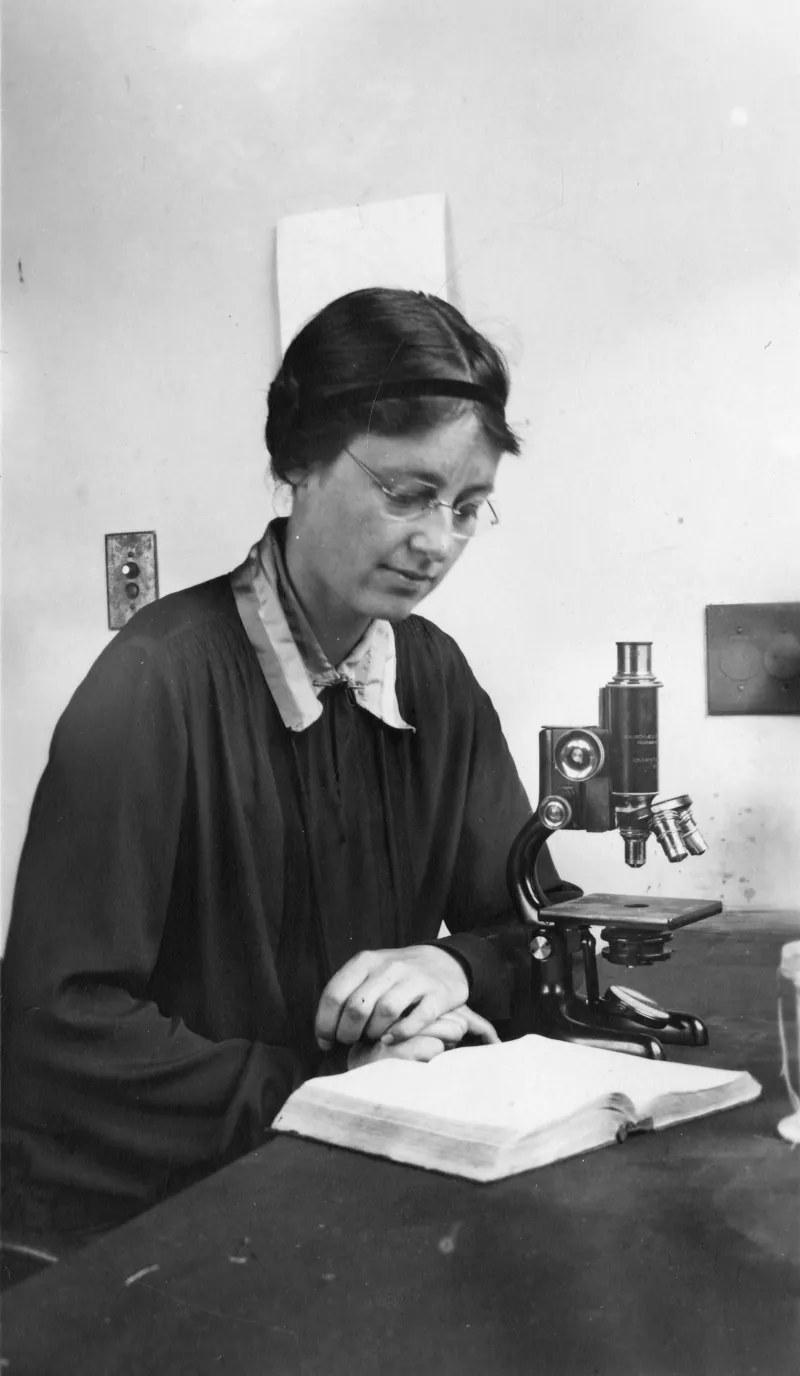Mother of Nori

From her seaside laboratory, Drew-Baker set to work studying Porphyra umbilicalis, a nori relative known by English bakers as laver—an algae baked in traditional English bread recipes. During the summer months this algae would mysteriously disappear, and Drew-Baker was determined to figure out why. For nine years she attempted to grow the leafy fronds of Porphyra from spores, but nothing seemed to work. It wasn’t until she added oyster shells as substrate that the puzzle seemed to resolve. Fuzzy, pink filaments of a species known as Conchocelis rosea covered the old oyster shells placed in the tanks. But Drew-Baker quickly realized Conchocelis rosea wasn’t a species at all—it was another phase in Porphyra’s life cycle. When the summer heat and storms arrive, Porphyra algae release spores that then settle in deeper, cooler water where they ride out the turbulent weather as a pink filamentous algae. Drew-Baker named this life stage conchocelis in recognition of the false species previously named. In a short letter published in the October 1949 edition of Nature, Drew-Baker outlined her discovery of the new algae life stage.

